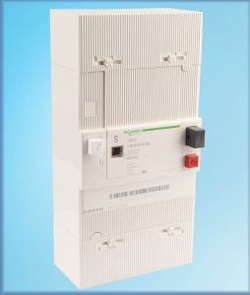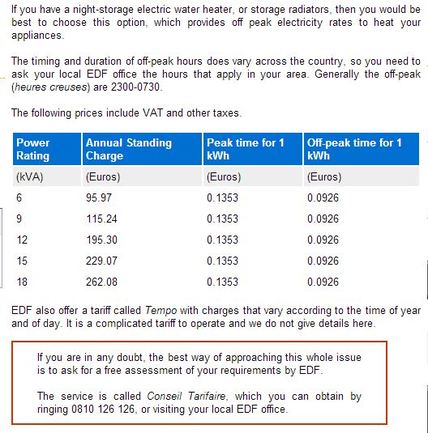
3 phase means that you have 3 live terminals and 1 neutral at the metre supplied by EDF and the fuseboard is a lot bigger. The supply comes in normally at a higher kVA i.e. 15kVA. This actually means that there are 3 lots of 5kVA [25A] on each phase and the current drawn must be balanced on each phase as overloading on one phase will potentially cause nuisance tripping.
An electric cooker/hob, for example, draws a high current and is available for either 3 phase or single phase. If your home is 3 phase then your cooker/hob needs to be installed as 3 phase. Bearing in mind that a cooker/hob is 32A, the installation of the cooker/hob means that the current drawn will need to be balanced across all phases.
Unlike 3 phase, where there is a need to balance the load, with a single phase supply circuits can be freely assigned, ideally by a qualified electrician. Please bear in mind that you need the right kVA for the size of your dwelling. The most common are: 6kVA, 9kVA, 12kVA and 15kVA and can only be determined and set by EDF. The unit price of your electricity is affected by the amount of kVA.
For example when we moved into our rented property it was set at 12kVA and not taking advantage of tariff bleu creuse for the hot water tank. There are 2 of us at the dwelling with a 200litre water tank, we have very few high drawing appliances and no electric heating. We asked EDF to reduce the kVA to 6 and apply tariff bleu creuse to heat the hot water tank over night. Our trimester bills are extremely manageable.
To demonstrate an example of cost differences across kVA, the image below was sourced from www.frenchproperty.com and shows the annual standing charges, base rate and night tariffs of each kVA. Figures shown are as of July 2012.
We hope this provides some clarity about 3 and single phase and if you have any questions, you know where we are.

 RSS Feed
RSS Feed
